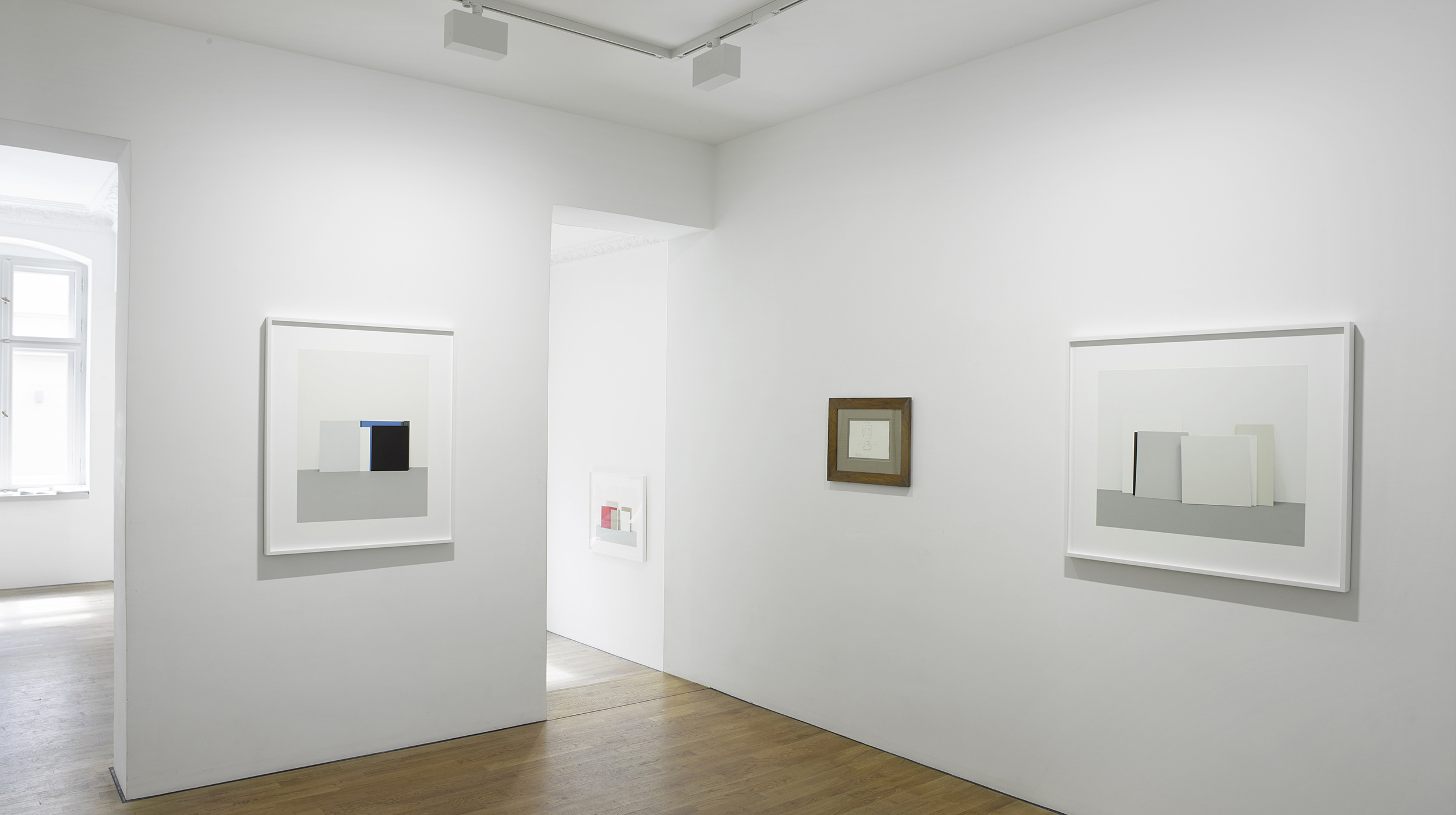
Thank you for taking the time to interview! We are glad to welcome you to PURPLE HAZE magazine. Before asking questions about gallery, I would like to know more about you as the director and founder of the gallery.
Tell us a little about yourself. At what point did you become interested in photography? What inspired you to create a gallery?
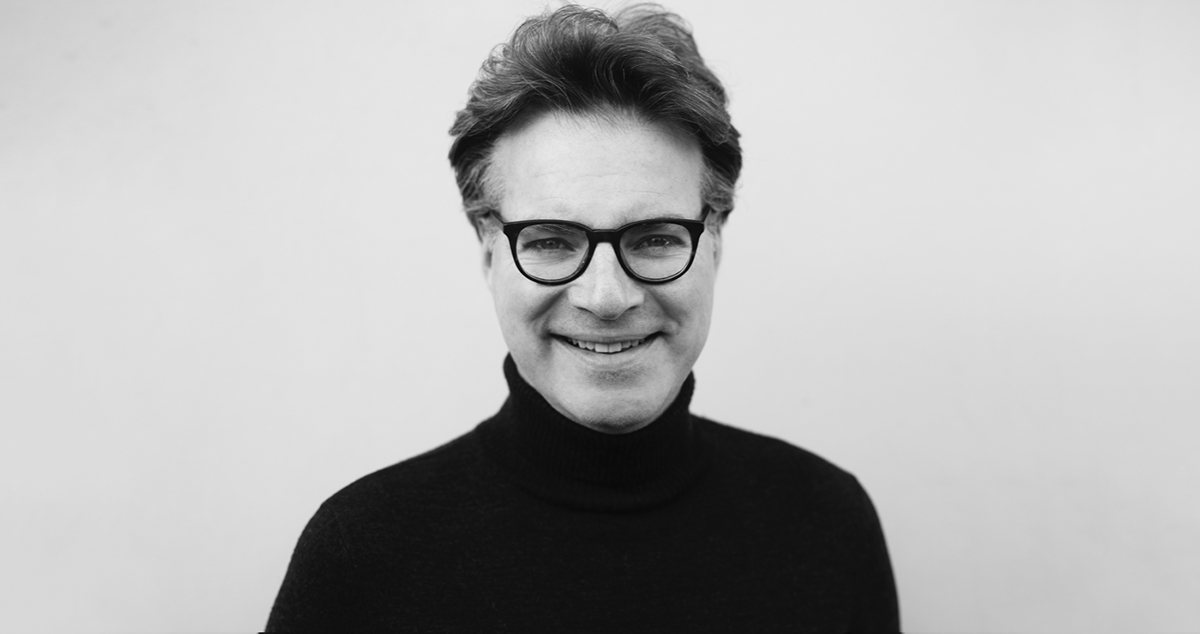
![]() Robert Morat, Photo by: Roger Eberhard
Robert Morat, Photo by: Roger Eberhard
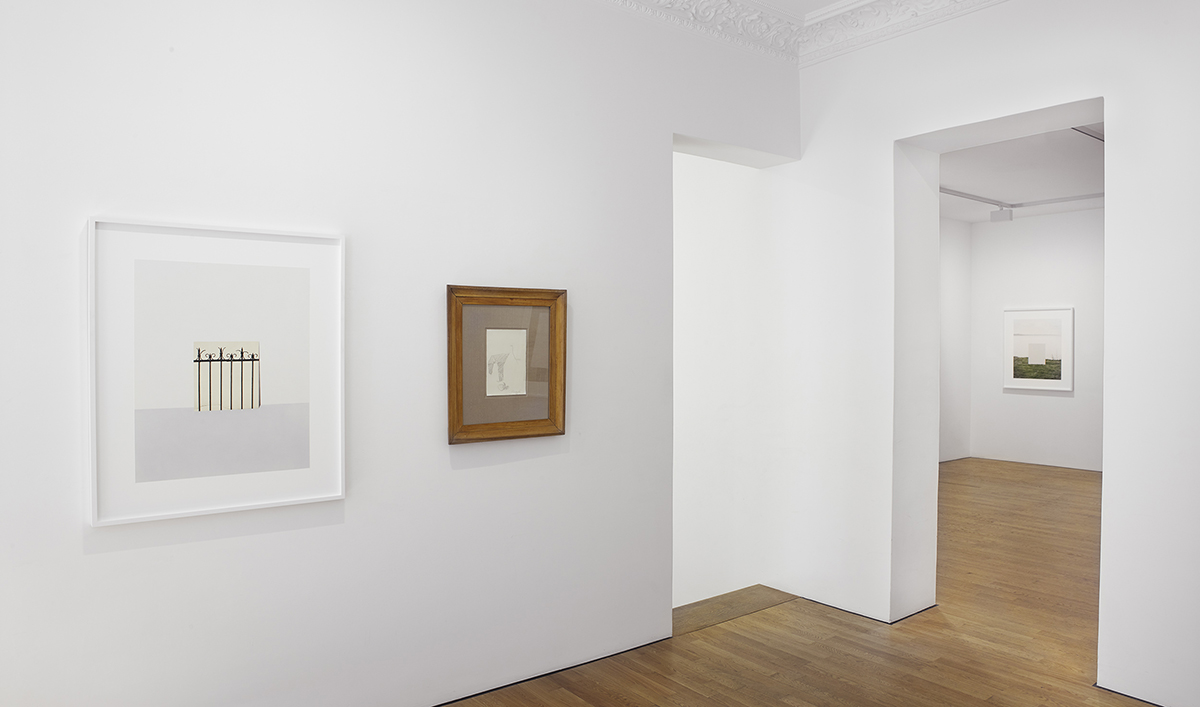
Please tell us about the concept of the gallery. How does the selection of photo artists take place? How was the visual language of the gallery created?
When selecting authors, do you focus on personal preferences or is it an understanding of collectors‘ requests? Is it possible to combine both?
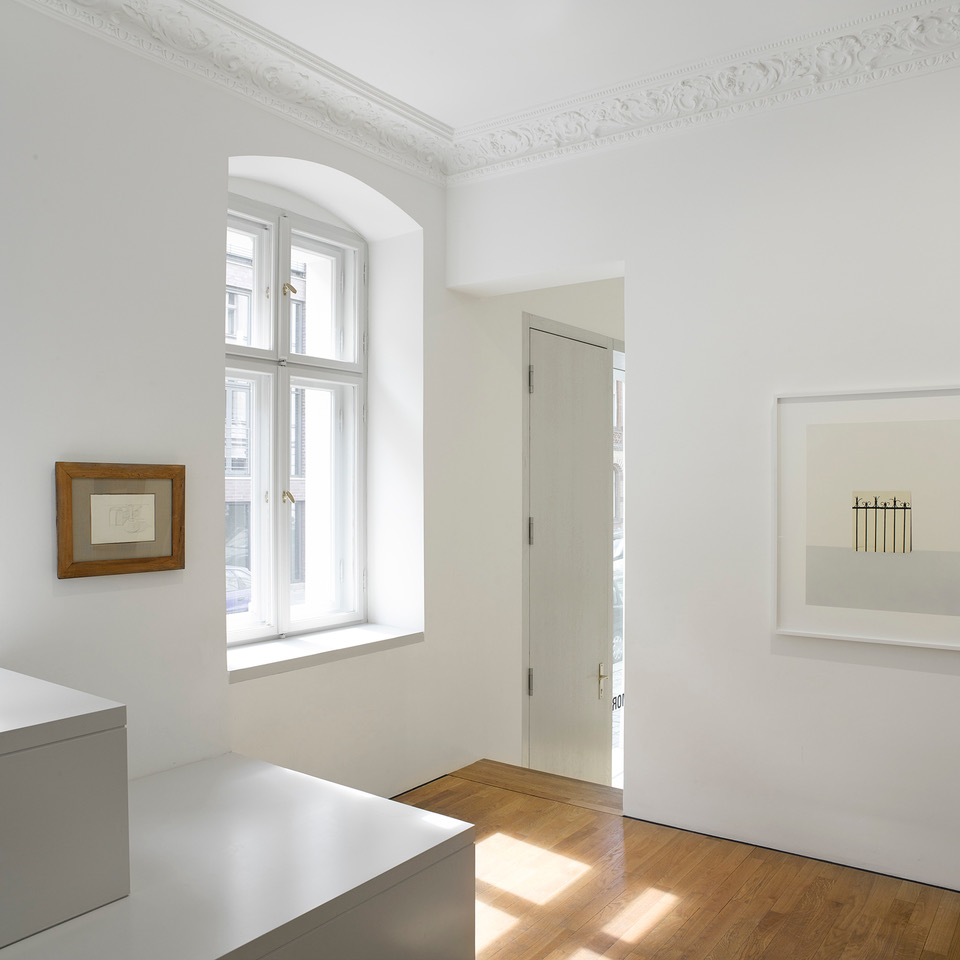
![]() Bill Jacobson and Giorgio Morandi „Photographs and Drawings“ at the Berlin gallery space, spring 2018. Photo by: Roger Eberhard
Bill Jacobson and Giorgio Morandi „Photographs and Drawings“ at the Berlin gallery space, spring 2018. Photo by: Roger Eberhard

![]() Bill Jacobson and Giorgio Morandi „Photographs and Drawings“ at the Berlin gallery space, spring 2018. Photo by: Roger Eberhard
Bill Jacobson and Giorgio Morandi „Photographs and Drawings“ at the Berlin gallery space, spring 2018. Photo by: Roger Eberhard
At what point, in your opinion, was the adoption of photography as an art form?
Photography has always allowed not only for the realistic description of reality, but also for it’s subjective, creative interpretation. Ever since the surrealist Man Ray put the sound holes of a Cello on to the back of his female model in 1924, photography has been an art form. MoMA started collecting photography in 1930. Photography has always been an art form. Just because there are people that have not caught up, doesn’t change the fact.
What influence has photography had on the development of modern art?
When the French painter Eugène Delacroix saw the first heliography in the late 1820ies, he famously exclaimed: This is the end of Art! History has proven him wrong. On the contrary, the accurate representation of the world through photography has freed painting from the need to be realistic. Film, developed from photography, has become the most important art form of the modern age. So the influence of photography not only on Modern Art, but on the way we communicate today, can not be overstated.
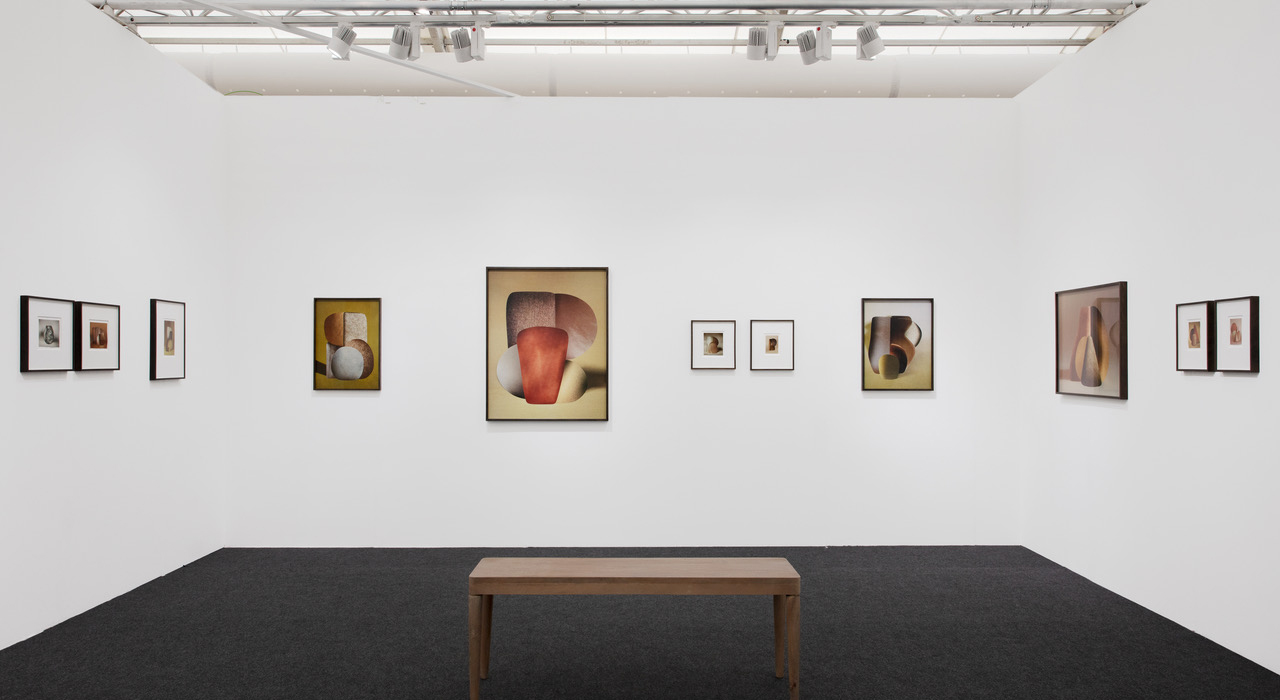
![]() Solo Booth for Hannah Hughes at PHOTO LONDON 2022
Solo Booth for Hannah Hughes at PHOTO LONDON 2022
Robert Morat Galerie was established in 2004. How has the art market changed since that time? What difficulties are gallery owners, artists, photographers experiencing in Berlin at the moment?
The art market has always been a very volatile market, following economic cycles. When we started out in 2004, the stars of the Becher School, Andreas Gursky, Thomas Ruff, Thomas Struth, Candida Höfer broke through internationally. Contemporary photography out of German was in high demand all of a sudden – we were lucky to start out in that environment. The years 2005, 2006, 2007 saw a strong high point of international art dealing. But just 12 months later, November 2008 saw the Lehman Brother’s crash and the international fiscal crises that the implosion of the American housing market caused. The following years, 2009, 2010, were difficult, many galleries closed, the market was down. But eventually it picked up again. Gallery owners and artists always had to deal with that volatility. Or take last year, we had just come out of two pandemic years, the market just started to pick up when Russia started it’s criminal, shameful war in Ukraine. It felt like somebody pulled the plug. All sales stopped on February 24. What followed was another difficult season. But then in fall, things came around, the market picked uo again, the winter season was extremely successful. It feels like a rollercoaster ride mostly.
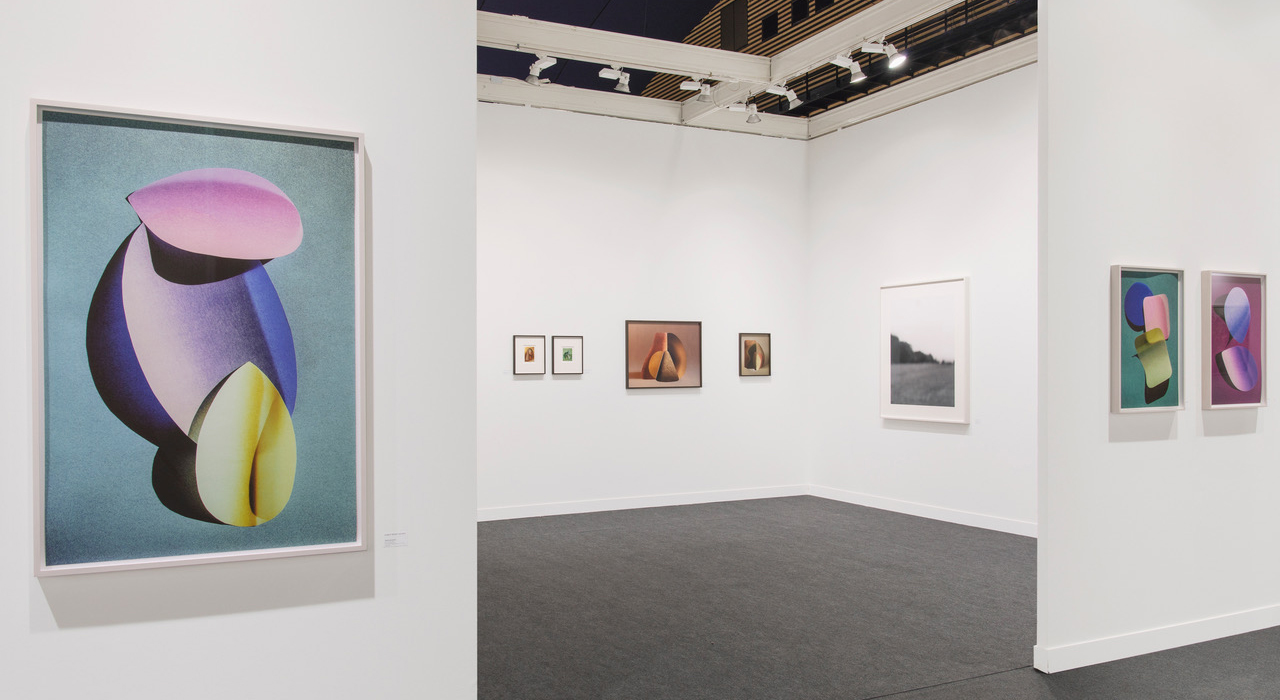
![]() Works by Jessica Backhaus, Hannah Hughes and Bill Jacobson at our booth at PARIS PHOTO 2022
Works by Jessica Backhaus, Hannah Hughes and Bill Jacobson at our booth at PARIS PHOTO 2022
Lena Amuat & Zoë Meyer are a Swiss artist duo, the latest addition to the gallery program. „Artefakte und Modelle“ is their first exhibition with us, a series of still life studies. The project is a collection of objects that embody the human struggle for knowledge. Over twelve years in the making and numbering hundreds of images, the project inventories the models, artifacts, natural specimen and teaching objects that the two women have unearthed traveling to search through the archives and collections of European universities and natural history museums. Dutch art historian Flor Linckens calls it “a series of enigmatic and decontextualized objects that are given a new life” and in her review of the work she writes: “Elements from science, advertising, religion, art and nature are isolated and combined effortlessly in what could be described as encyclopedic cabinets of curiosities. In the work of Amuat and Meyer, the past and the present enter into a new relationship.”

![]() Lena Amuat & Zoë Meyer, Mathematisches Modell #138, 2017
Lena Amuat & Zoë Meyer, Mathematisches Modell #138, 2017
What are you, Robert Morat Galerie, aiming for in the future?
To stay on board the rollercoaster a little longer!
The exhibition “Artefakte und Modelle” by Lena Amuat und Zoë Meyer will be held at the Robert Morat Gallerie until February 25, 2023.

